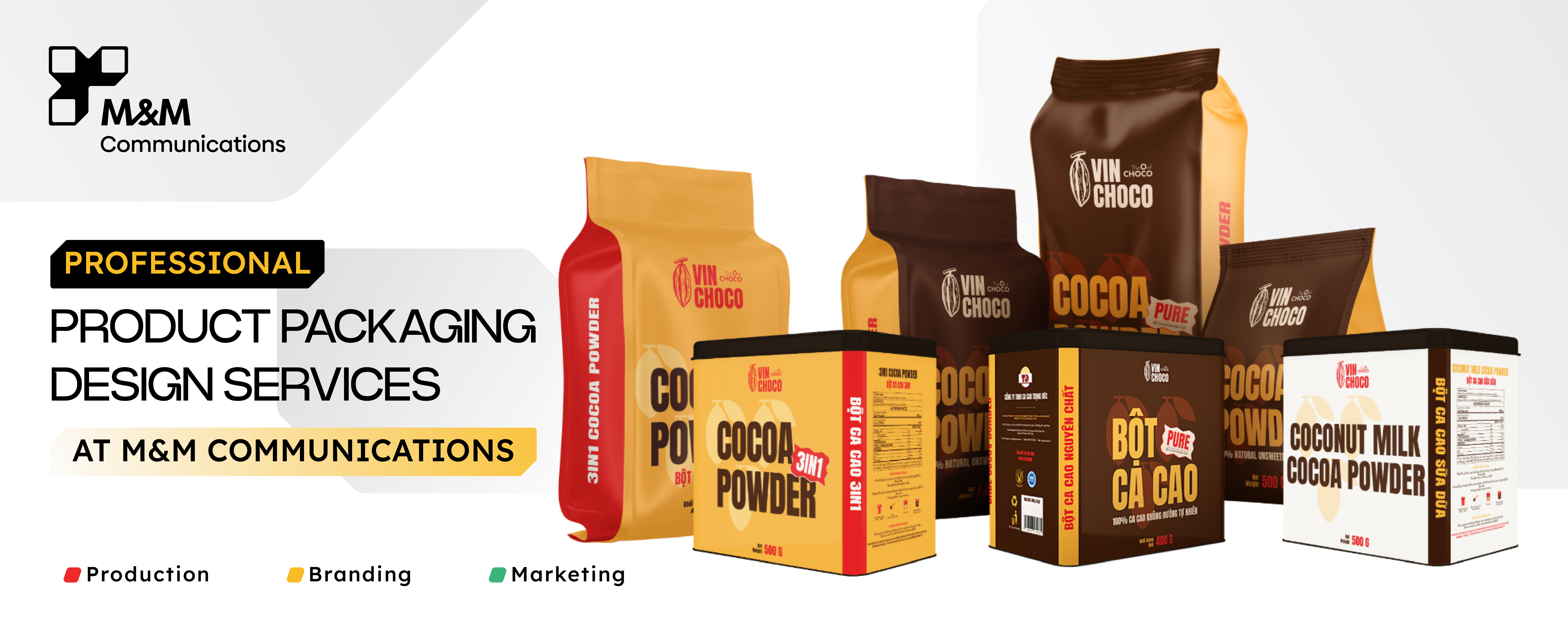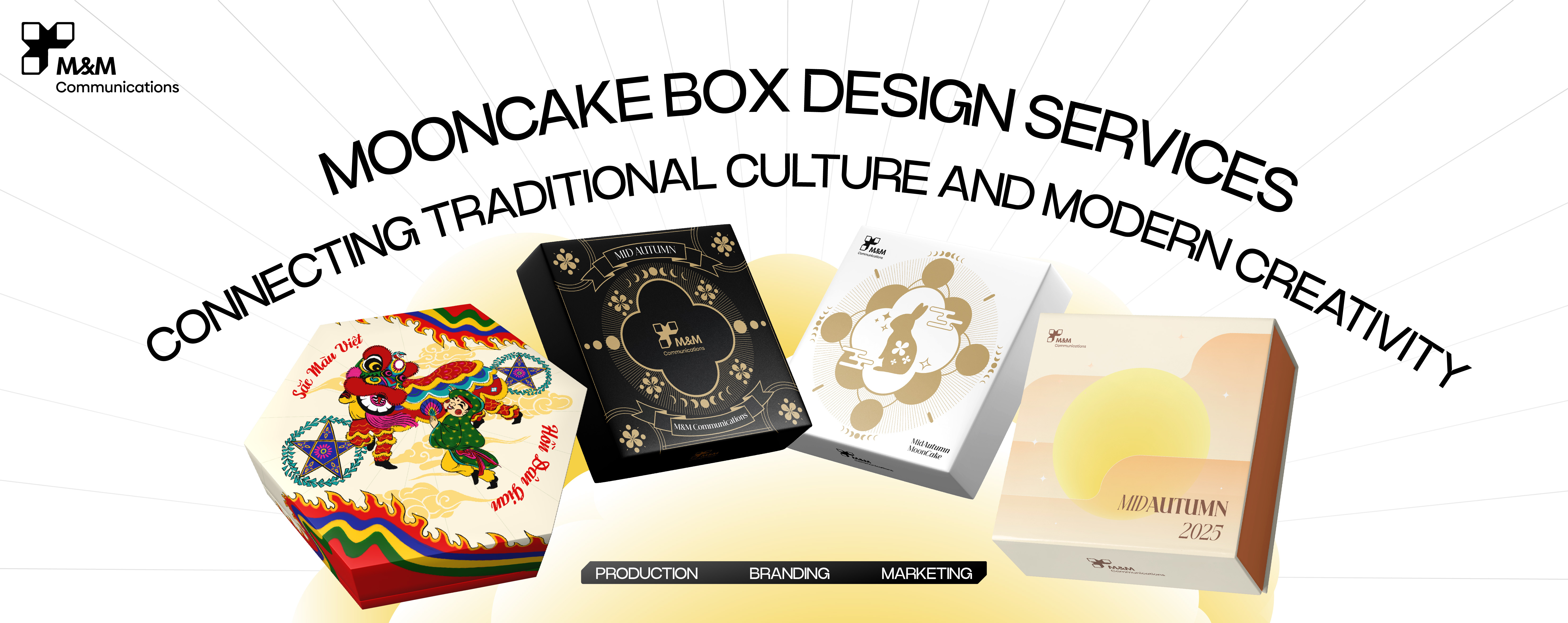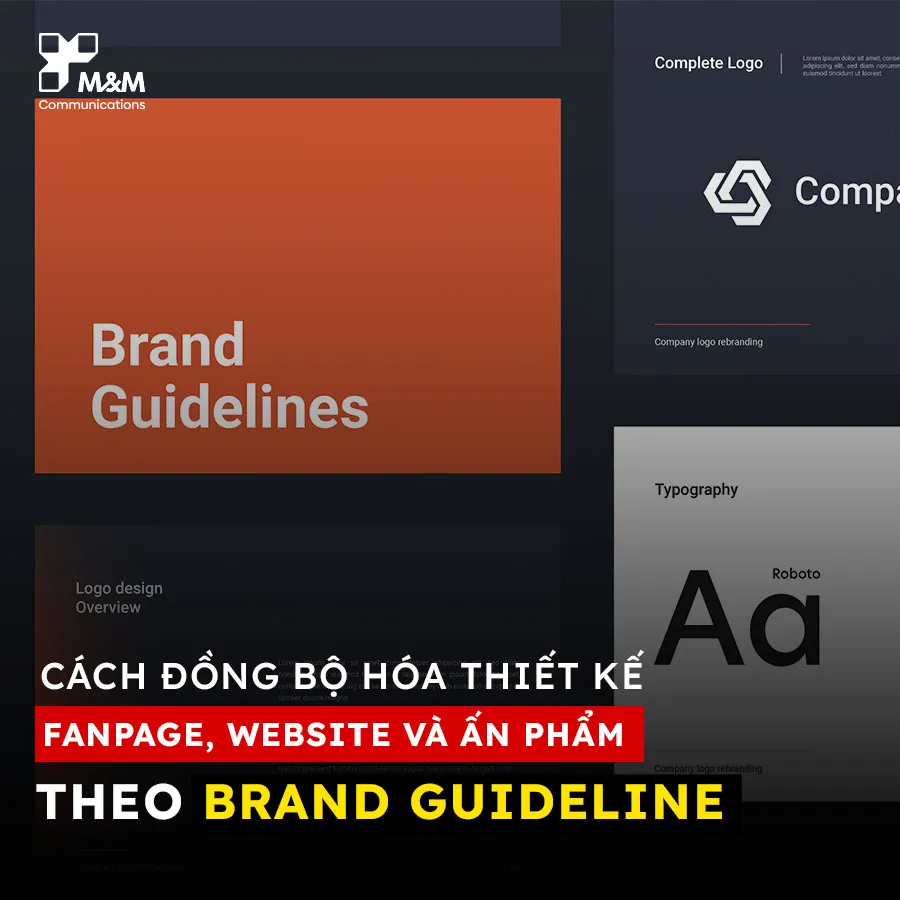
Video Branding Guidelines: Establishing Consistent Visual Standards for Professional Video Content
Building Brand Consistency Through Strategic Video Standards
Video branding guidelines serve as the foundation for creating consistent, recognizable, and professionally cohesive video content that reinforces brand identity across all platforms and touchpoints. At M&M Communications, we've developed comprehensive video branding systems for diverse clients, understanding that successful video branding isn't just about applying logos and colors consistently—it's about creating inspirational and magical visual experiences that embody brand personality, values, and promise through every frame, transition, and creative choice that audiences encounter.
Understanding the Strategic Importance of Video Branding Consistency
Consistent video branding creates immediate brand recognition, builds trust through professional presentation, and reinforces brand values and personality through visual storytelling that extends far beyond traditional logo and color applications.
Video branding guidelines ensure that all video content—regardless of creator, platform, or purpose—maintains cohesive brand representation that strengthens brand identity rather than diluting it through inconsistent visual approaches or conflicting creative directions.
The most effective video branding guidelines balance creative flexibility with brand consistency, enabling diverse content creation while ensuring all video content feels authentically connected to the core brand identity and strategic positioning.
Foundation Elements of Video Branding Systems
Visual Identity Translation for Motion
Transform static brand identity elements—logos, typography, color palettes, and design systems—into dynamic video applications that maintain brand recognition while leveraging motion's unique storytelling capabilities.
Develop logo animation standards that reflect brand personality: smooth, elegant transitions for luxury brands, energetic, quick movements for youth-focused brands, or steady, reliable animations for professional service companies.
Create typography animation principles that maintain readability while adding movement that enhances rather than distracts from content messaging and brand communication objectives.
Color Psychology and Video Application
Establish color usage guidelines that consider video-specific factors: lighting conditions, screen variations, compression impacts, and emotional storytelling requirements that may require color adaptation while maintaining brand recognition.
Define primary brand colors, secondary supporting colors, and accent colors with specific video usage guidelines that maintain brand consistency across different video types, platforms, and production contexts.
Include color accessibility standards that ensure video content remains accessible across different viewing conditions, devices, and audience accessibility requirements while maintaining brand visual impact.
Brand Voice and Tone in Video Format
Translate written brand voice guidelines into video-specific applications covering narration style, music selection, pacing preferences, and overall content personality that maintains brand character through motion media.
Define brand personality characteristics in video context: professional but approachable, innovative but reliable, or premium but accessible—ensuring video content reflects these qualities through production choices and creative approaches.
Establish messaging hierarchy and content structure guidelines that ensure important brand messages receive appropriate emphasis and presentation within video content frameworks.
Technical Standards and Production Guidelines
Video Quality and Technical Specifications
Define minimum technical standards for video resolution, frame rates, audio quality, and compression settings that maintain professional presentation across different platforms while supporting efficient production workflows.
Establish equipment and software standards that ensure consistent quality while accommodating different production budgets and team capabilities across various content creators and production scenarios.
Include platform-specific technical requirements and optimization guidelines that maintain quality while meeting platform specifications for optimal performance and reach.
Lighting and Cinematography Standards
Develop lighting guidelines that create consistent mood, professional appearance, and brand-appropriate atmosphere across different video content types and production environments.
Establish cinematography principles covering camera angles, shot compositions, and movement styles that reflect brand personality while maintaining professional presentation standards.
Include guidance for different production contexts: studio productions, location shoots, and user-generated content that maintains brand consistency while accommodating practical production limitations.
Content Structure and Storytelling Framework
Brand Storytelling Principles
Define storytelling approaches that align with brand values and customer experience goals: customer-centric narratives, innovation-focused content, or community-building stories that reinforce brand positioning.
Establish content structure templates for different video types: product demonstrations, brand stories, educational content, and promotional videos that maintain consistency while accommodating different objectives.
Include messaging guidelines that ensure all video content supports broader brand strategy and customer journey objectives rather than creating conflicting or confusing brand communications.
Call-to-Action and Engagement Standards
Develop consistent approaches for including calls-to-action, contact information, and engagement prompts that maintain brand voice while encouraging desired audience actions.
Define engagement tone and style guidelines: direct and professional, friendly and conversational, or inspiring and motivational—ensuring consistency across all video touchpoints.
This approach aligns with M&M Communications' philosophy: we don't create generic video guidelines that stifle creativity. Instead, we develop inspirational and magical branding frameworks that empower creative teams to produce diverse, engaging content while maintaining authentic brand character and recognition.
Platform-Specific Brand Adaptation Guidelines
Social Media Platform Optimization
Create platform-specific guidelines that adapt brand standards for different social media requirements while maintaining core brand recognition and consistency across all channels.
Define how brand elements should be modified for different aspect ratios, duration limits, and platform cultures while preserving essential brand identity elements.
Include platform-specific content guidelines covering appropriate content types, engagement styles, and brand voice adaptations that respect platform cultures while maintaining brand authenticity.
Professional and Marketing Context Applications
Establish guidelines for applying brand standards in professional contexts: presentations, client communications, and B2B content that maintains brand consistency while meeting professional communication requirements.
Define appropriate brand element usage for different business contexts: internal communications, client deliverables, and public marketing content that maintains consistency while respecting context appropriateness.
Brand Element Implementation Guidelines
Logo Usage and Animation Standards
Define precise logo placement, sizing, and animation guidelines that ensure consistent brand recognition without overwhelming video content or creating visual distraction.
Establish logo animation timing, transition styles, and integration methods that feel natural within content flow rather than forced or interrupting storytelling.
Include guidelines for logo usage in different video contexts: opening sequences, closing credits, watermarks, and integrated brand moments throughout content.
Typography and Text Design Systems
Create comprehensive typography guidelines covering font selections, sizing hierarchies, animation styles, and readability standards across different video formats and viewing contexts.
Define text overlay design systems that maintain brand consistency while ensuring accessibility and readability across different devices, platforms, and viewing conditions.
Include guidelines for different text applications: titles, captions, informational overlays, and promotional text that maintains visual consistency while serving different functional purposes.
Music and Audio Branding Guidelines
Brand Audio Identity
Develop audio branding guidelines covering music style preferences, audio logo applications, and sound design approaches that reinforce brand personality through audio elements.
Define music genre preferences, tempo guidelines, and emotional tone standards that support brand messaging while enhancing video content rather than competing with it.
Include voice and narration guidelines covering tone, pace, pronunciation, and personality characteristics that maintain brand voice consistency across all spoken content.
Sound Design and Effects Standards
Establish sound effect usage guidelines that enhance content while maintaining professional presentation and brand-appropriate audio experiences.
Define audio quality standards, mixing guidelines, and technical specifications that ensure consistent professional audio presentation across all video content.
Creative Flexibility Within Brand Standards
Balancing Consistency with Innovation
Create guidelines that maintain essential brand consistency while encouraging creative exploration and adaptation for different content types, audiences, and objectives.
Define which brand elements are non-negotiable and which can be adapted or modified for specific creative purposes while maintaining overall brand recognition and consistency.
Include approval processes and creative review guidelines that ensure brand compliance while supporting creative excellence and content innovation.
Seasonal and Campaign-Specific Adaptations
Establish guidelines for temporary brand adaptations during seasonal campaigns, special events, or promotional periods that maintain core brand identity while enabling timely and relevant content creation.
Define how brand elements can be modified for specific campaigns or initiatives while ensuring easy return to standard brand presentation.
Implementation and Training Guidelines
Team Training and Brand Understanding
Develop comprehensive training materials that help internal teams and external partners understand and apply video branding guidelines consistently across all content creation activities.
Include practical examples, before-and-after comparisons, and common mistake illustrations that help teams understand guideline applications and avoid brand inconsistencies.
Create quick-reference guides and checklists that enable efficient brand compliance checking during production and post-production processes.
Quality Control and Brand Compliance
Establish review processes and approval workflows that ensure brand guideline compliance while maintaining efficient content production timelines.
Define quality control checkpoints throughout video production processes that catch brand inconsistencies before content publication while maintaining creative workflow efficiency.
Include feedback and correction guidelines that help teams understand brand compliance issues while learning to prevent similar problems in future content creation.
Brand Guidelines Documentation and Accessibility
Comprehensive Documentation Systems
Create detailed, accessible documentation that covers all aspects of video branding guidelines with clear explanations, visual examples, and practical application guidance.
Include downloadable templates, asset libraries, and resource collections that make brand compliance easy and efficient for content creators across different skill levels and production contexts.
Develop both comprehensive reference documents and quick-start guides that accommodate different user needs and time constraints while ensuring brand consistency.
Version Control and Updates
Establish systems for maintaining, updating, and distributing brand guideline changes that ensure all content creators have access to current brand standards and requirements.
Define processes for brand guideline evolution that accommodate business growth, market changes, and brand development while maintaining consistency across existing content libraries.
Measuring Brand Consistency and Recognition
Brand Recognition Analytics
Track brand recognition metrics, audience feedback, and visual consistency scores across different video content to measure brand guideline effectiveness and compliance success.
Monitor brand perception changes, recognition improvements, and audience engagement patterns that may indicate successful brand consistency or areas requiring guideline refinement.
Content Audit and Improvement Processes
Develop regular content audit processes that evaluate brand consistency across video content libraries while identifying opportunities for improvement or guideline clarification.
Use audit findings to refine guidelines, improve training materials, and enhance brand consistency across all video content production activities.
Future-Proofing Video Brand Guidelines
Emerging Platform and Technology Considerations
Develop brand guidelines that can adapt to emerging video platforms, new technology formats, and changing content consumption patterns while maintaining core brand identity.
Include framework principles that guide brand application in new contexts rather than rigid rules that become outdated as video technology and platform landscapes evolve.
Scalability and Growth Planning
Create brand guidelines that can scale with business growth, team expansion, and increased content production while maintaining consistency and quality standards.
Plan for international expansion, multicultural content creation, and diverse market applications that require brand guideline adaptation while preserving core brand identity.
Conclusion: Building Lasting Brand Recognition Through Video Excellence
Comprehensive video branding guidelines create the foundation for consistent, professional, and recognizable video content that builds strong brand identity and customer recognition across all touchpoints and platforms.
At M&M Communications, we understand that exceptional video branding guidelines don't limit creativity—they provide the framework for creating inspirational and magical content that authentically represents brand character while enabling creative excellence and content innovation.
The future belongs to brands that can maintain consistent identity across rapidly evolving video landscapes while enabling creative excellence and content innovation. Invest in comprehensive video branding guidelines today, and discover how consistent visual standards can transform your video content from individual pieces into a cohesive brand experience that builds lasting customer recognition and loyalty.







